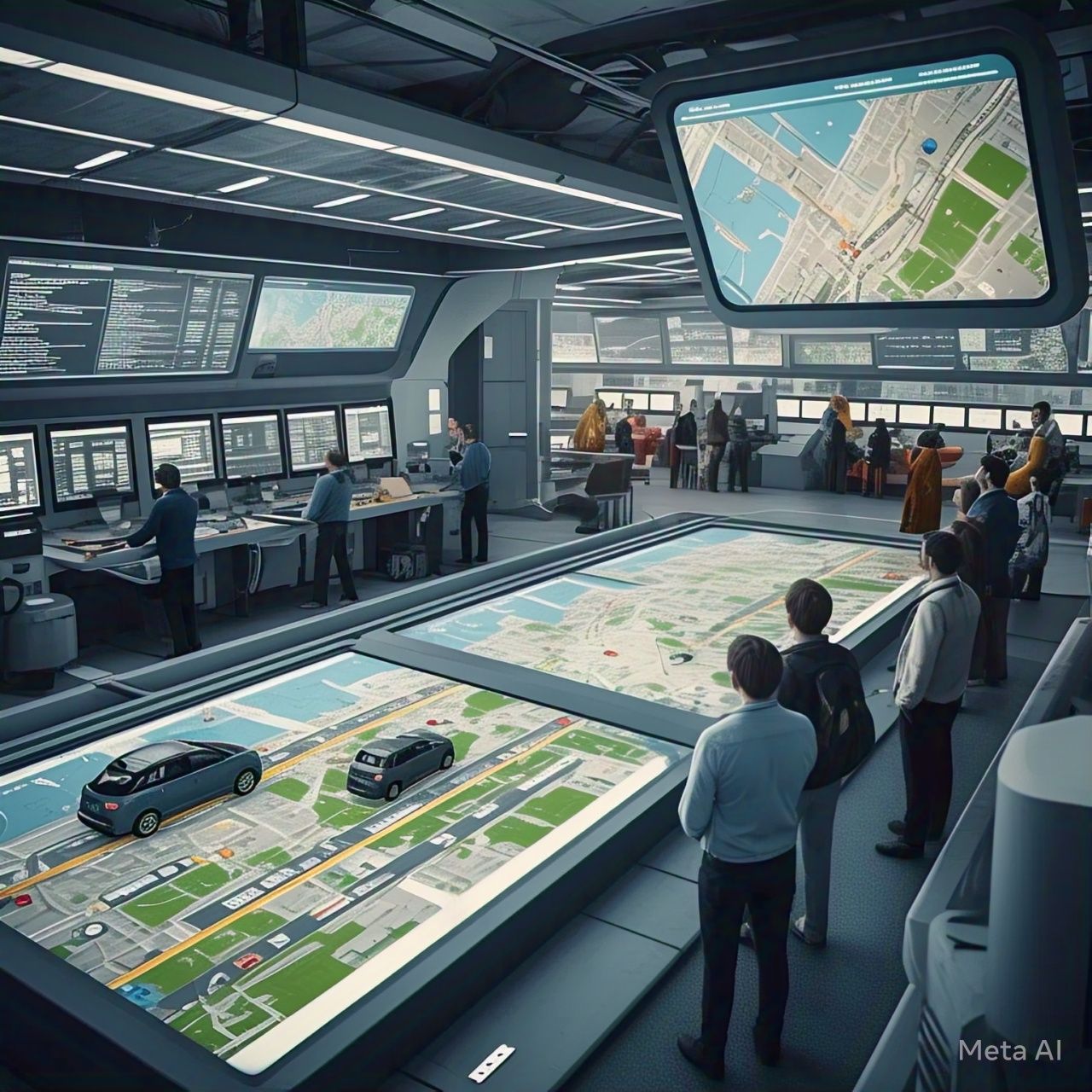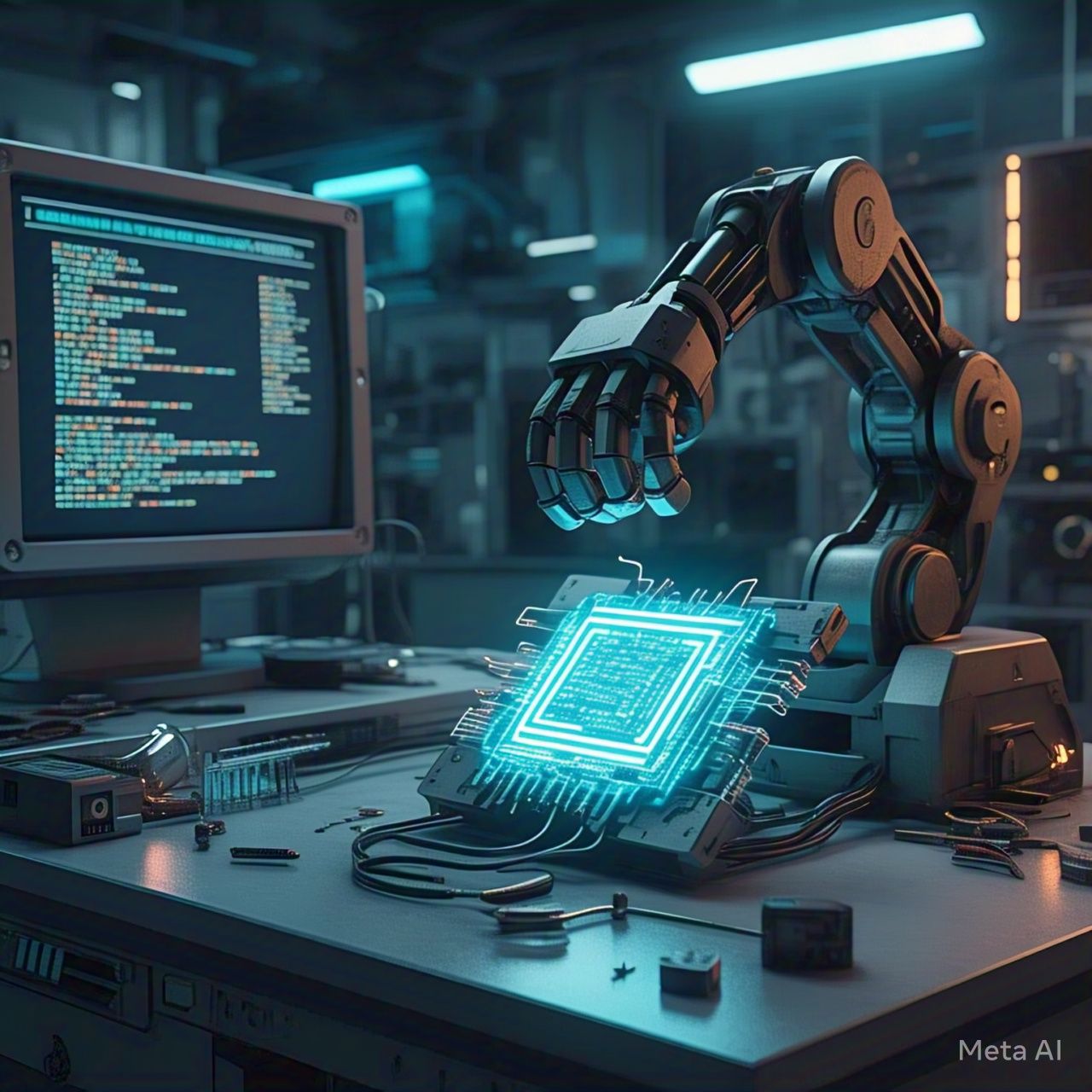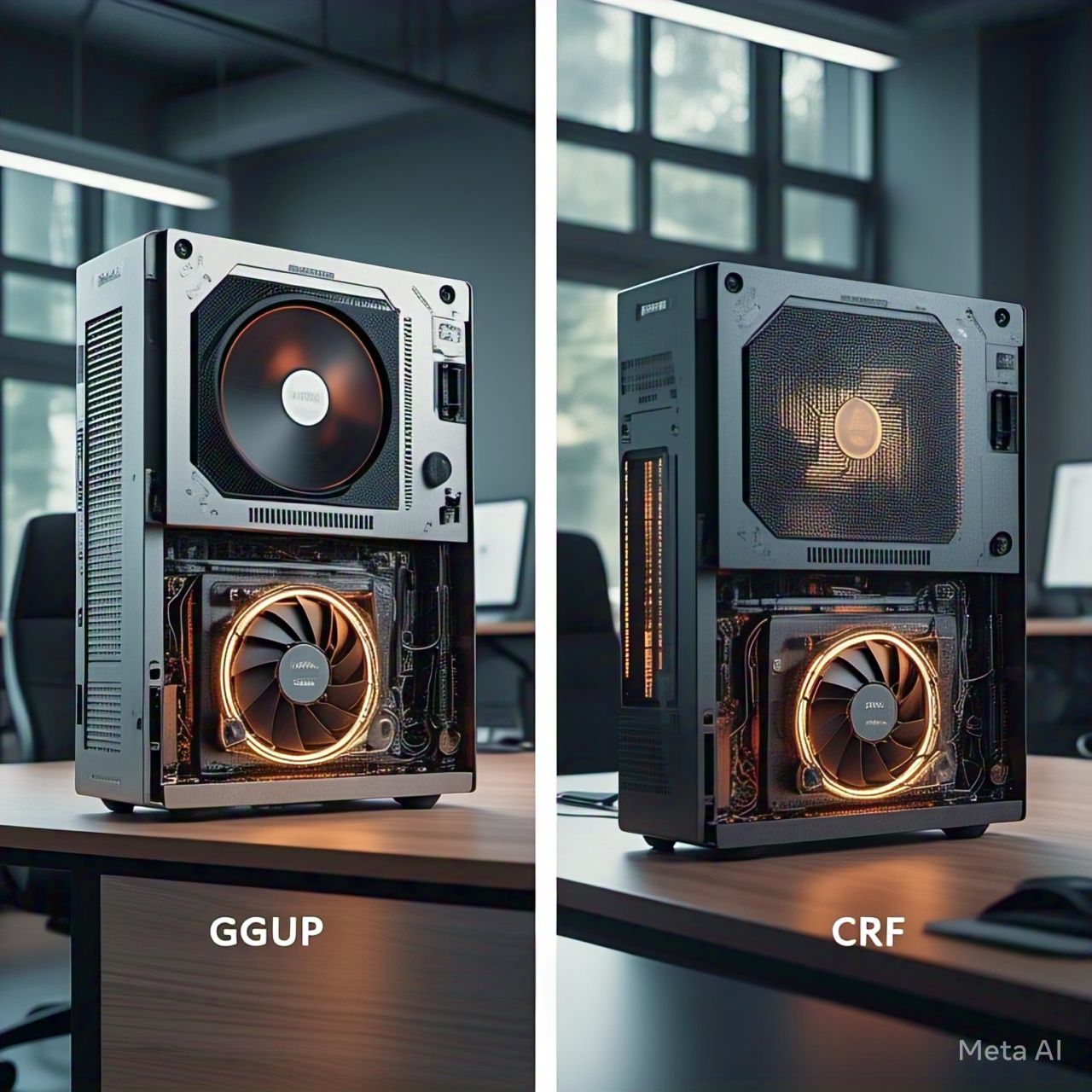Table of Contents
- Introduction
- Understanding AI Hardware: GPUs and Neural Chips
- How GPUs Power AI
- The Rise of Neural Chips in AI
- Architectural Differences Between GPUs and Neural Chips
- Performance Comparison: Neural Chips vs. GPUs
- Power Efficiency and Scalability
- Real-World Applications
- Challenges and Limitations
- Future of AI Hardware
- Conclusion
- FAQs
1. Introduction
As artificial intelligence (AI) continues to advance, the demand for more powerful, efficient, and specialized hardware has surged. Traditionally, graphics processing units (GPUs) have been the backbone of AI computations. However, the emergence of neural chips (neuromorphic processors) promises an alternative that mimics the human brain’s efficiency.
This article compares GPUs and neural chips, analyzing their strengths, weaknesses, and suitability for AI applications.
2. Understanding AI Hardware: GPUs and Neural Chips
2.1 What Are GPUs?
GPUs were originally designed for rendering graphics, but their ability to handle massively parallel computations made them ideal for AI workloads.
2.2 What Are Neural Chips?
Neural chips, also known as neuromorphic processors, are designed to replicate biological neurons and enable event-driven, adaptive learning.
| Feature | GPUs | Neural Chips |
|---|---|---|
| Processing Model | Parallel Computing | Spiking Neural Networks |
| Energy Usage | High Power Consumption | Low-Power Processing |
| Use Cases | Training AI Models | Real-time Adaptive Learning |
3. How GPUs Power AI
3.1 Massively Parallel Processing
GPUs process thousands of operations simultaneously, making them ideal for deep learning.
3.2 Deep Learning Acceleration
Leading AI frameworks, such as TensorFlow and PyTorch, are optimized for GPU computing.
3.3 Flexibility Across Applications
GPUs support a broad range of AI tasks, including natural language processing (NLP), computer vision, and reinforcement learning.
4. The Rise of Neural Chips in AI
4.1 Brain-Inspired Computing
Neural chips function more like the human brain, utilizing spiking neural networks (SNNs) that fire only when necessary.
4.2 Efficiency and Adaptability
Unlike GPUs, neural chips can learn and adapt in real time, making them highly efficient for AI applications.
4.3 Industry Adoption
Tech giants like Intel (Loihi), IBM (TrueNorth), and BrainChip (Akida) are leading the development of neural chips.
5. Architectural Differences Between GPUs and Neural Chips
| Feature | GPUs | Neural Chips |
| Processing Style | Synchronous (clock-based) | Event-driven (asynchronous) |
| Learning Type | Batch Processing | Online Learning |
| Power Consumption | High | Ultra-low |
| Scalability | Limited by thermal output | Highly scalable |
6. Performance Comparison: Neural Chips vs. GPUs
6.1 Training Speed
- GPUs excel at batch processing for deep learning models.
- Neural chips perform better in on-the-fly learning scenarios.
6.2 Inference Efficiency
- GPUs require high power and memory bandwidth.
- Neural chips reduce latency and energy consumption.
6.3 Computational Flexibility
- GPUs are general-purpose AI accelerators.
- Neural chips are domain-specific but highly optimized for edge computing.
7. Power Efficiency and Scalability
| Metric | GPUs | Neural Chips |
| Power Draw | 200-400W | 1-10W |
| Scalability | Limited by heat dissipation | Highly scalable |
| Adaptability | Needs retraining | Self-adapting real-time |
8. Real-World Applications
8.1 AI Training & Research
GPUs dominate in AI training for deep learning models.
8.2 Edge AI and IoT Devices
Neural chips are ideal for low-power, real-time decision-making applications.
8.3 Robotics and Autonomous Systems
Neural chips enable smarter, adaptive robotics compared to pre-trained AI models on GPUs.
9. Challenges and Limitations
9.1 GPUs
- High energy consumption
- Expensive and requires advanced cooling
- Limited real-time adaptability
9.2 Neural Chips
- Lack of standardization across architectures
- Early-stage development compared to mature GPU ecosystems
- Software and hardware compatibility issues
10. Future of AI Hardware
10.1 Hybrid Architectures
The future may see a fusion of GPUs and neural chips, optimizing both training and inference.
10.2 Quantum-Neural Integration
Research is exploring combining neuromorphic computing with quantum AI for next-generation intelligence.
10.3 Industry Adoption Trends
- NVIDIA: Pushing GPUs with AI-specific optimizations
- Intel & IBM: Advancing neuromorphic computing for real-world AI
- Startups (e.g., BrainChip): Focusing on neuromorphic solutions for low-power edge AI
11. Conclusion
Both GPUs and neural chips offer distinct advantages, and their relevance depends on specific AI applications. While GPUs remain the standard for AI training, neural chips offer energy-efficient, real-time intelligence for edge devices and adaptive systems.
The future of AI hardware may not be a one-size-fits-all solution but rather a hybrid approach that leverages both architectures.
12. FAQs
1. Are neural chips better than GPUs?
Neural chips are more efficient for real-time AI but GPUs are superior for large-scale deep learning.
2. Will GPUs become obsolete with neuromorphic AI?
No, GPUs will remain essential for AI training, while neural chips will be more relevant in adaptive and edge computing.
3. Can neural chips run deep learning models?
Yes, but they perform best with spiking neural networks (SNNs) rather than traditional deep learning models.
4. When will neural chips be widely adopted?
Commercial use of neural chips is expected to grow within the next decade, especially in edge AI and robotics.
5. Should AI developers switch from GPUs to neural chips?
Not necessarily. It depends on the application—GPUs remain ideal for deep learning, while neural chips excel in adaptive AI tasks.




